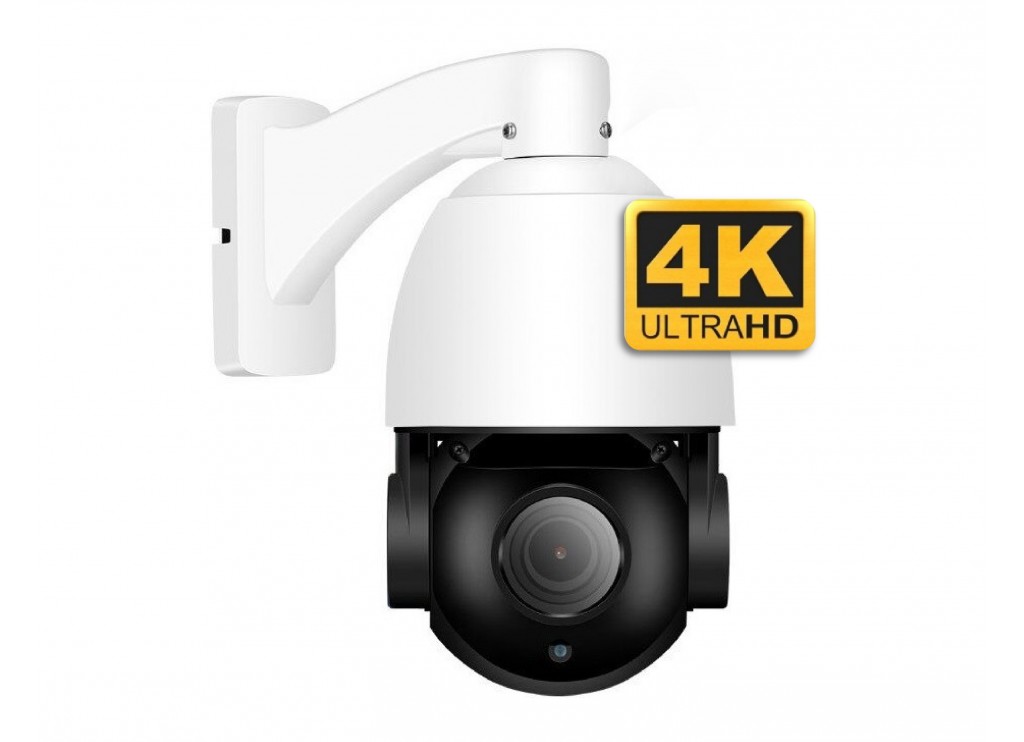Hydroelectric Power Plants - System Design
Securing and monitoring a dam or power plant poses several challenges. Firstly, the environment is as harsh as they come; industrial, dirty and prone to extreme temperatures. While these facilities have very capable maintenance teams on-site, the size of the facilities can cause some real security and operational problems. Often without an effective video surveillance and monitoring system, small problems can develop into big disasters before they are even noticed.

One technician with a well-designed video monitoring system can be just as effective as 5 full time technicians patrolling the plant. Response times to problems are drastically reduced, allowing small issues to be identified and solved before they become a much bigger problem.
Each system should be designed for the specific layout of the plant and adapted to how the technicians manage the facility. The most common concerns are:

Harsh Environment
Difficulty of Installation
Viewing Distances
System Management
Maintenance
Harsh Environment
The camera's housing is key to a cameras long term performance. Every camera should be equipped with a metal housing and rated as PI66 or PI67. PTZ cameras should be equipped with an on-board heating and cooling system for reliable operation.
Installation
Any maintenance crew possesses the skills needed to install a video surveillance system. They are usually comfortable running cable, conduit and mounting equipment. All exposed cabling should be protected with EMT conduit or an outdoor metal raceway. The camera's connections should be protected from the environment using a weather rated electrical box; four square is standard. After the cable is connected to the camera, the camera is then often mounted to the box, or next to it. This makes for a clean install and protects the cable and connections.
While most cameras can be powered though the single video cable (cat5 or cat6), PTZ cameras are different. PTZ cameras are equipped with 3 motors, a night vision system and a heating and cooling system. Because the power draw is much greater, only the video transmission and data control is sent though the cable. PTZ cameras require a separate power supply located near the camera. Each PTZ camera is shipped with its own power supply; usually 120v in, stepped down to 24v ac out. The power outlet is not required to be located next to the camera, but it should be within a couple of hundred feet from the camera. Only an 18 gauge 2 conductor twisted pair non-shielded cable is need for the power run.
Viewing Distances
PTZ cameras are common in facilities such as power plants. These large areas require long range cameras. Often they are equipped with pan, tilt and zoom capability. As the diagram below indicates, properly placed PTZ cameras can monitor extremely large areas effectively. Good design often allows for overlapping coverage. Effective viewing distances for a PTZ camera are 500-800 feet. Many cameras offer night vision up to 450 feet. The diagram below indicates suggested locations and the night vision coverage of our E-PDN6CT230H -450FT. Notice the overlapping coverage.


In the facility, fixed view cameras selected for the required distance are used to monitor processes and mechanical equipment, as well as entry points. These cameras should also be IP66 or PI67 rated.
System Management
The cameras report to the NVR (Network Video recorder), which allows for multi-camera viewing, recording, remote access and control using smart phones. This can be a very powerful tool. The facility attendants can pull cameras up on their smartphone and control the PTZ cameras. This allows them to respond to a problem as soon as it’s reported. The NVR is equipped with hard drives to record all cameras continuously. The total number of days stored is a function of the number of cameras and the size of the hard drive(s). Some facilities only require a couple of days of storage and others require a month or more.
Maintenance
Camera locations should be selected with maintenance in mind. The cameras - even PTZ cameras, are designed for very little maintenance, but as the lens accumulates dust, they should be cleaned periodically. Your chosen camera location and installation height will affect the difficulty in performing this maintenance.

Trust the Business Security Experts!
If you would like a professionally designed system, we would be glad to help. Our experienced design experts are available to discuss your application and provide a detailed quote for a custom designed system. Give us a call during business hours or book an appointment that is most convenient for you.

